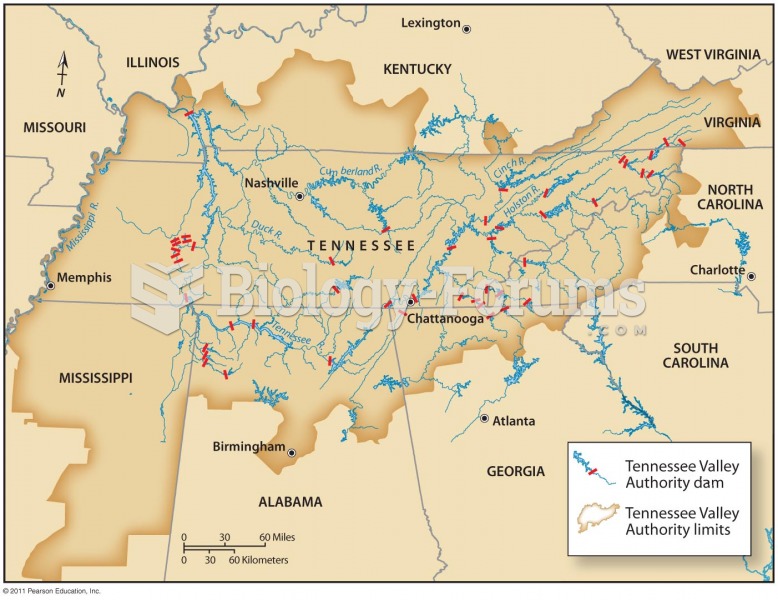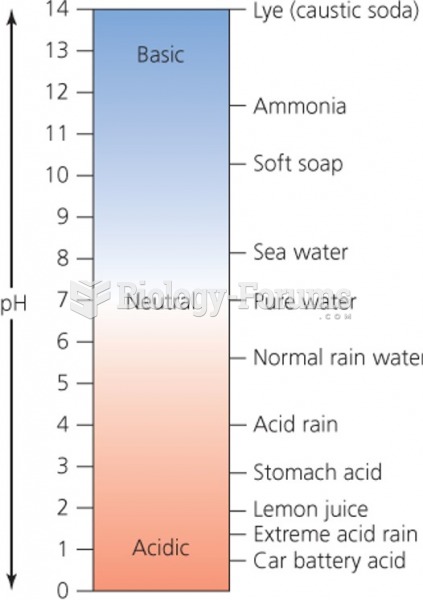Answer to Question 1
Dams can limit the flow of water, reducing the risk of flooding below the dam, and they provide reliable domestic and agricultural water supplies during the months with less precipitation, flat-water recreation, and hydroelectric power. Dams have been built to run mills (now an obsolete usage), control floods, and provide water for municipal and agricultural use.
Dams have enormous ecological impacts. When a river is dammed, valuable freshwater habitats, such as waterfalls, rapids, and prime fish runs, are lost. When the river's flow is diverted to cities or croplands, the waterway below the diversion is deprived of that much water. The impact on fish and other aquatic organisms is obvious, but the ecological ramifications go far beyond the river. Wildlife that depends on the water or on food chains involving aquatic organisms is also adversely affected. Wetlands occupying floodplains along many rivers, no longer nourished by occasional overflows, dry up, resulting in frequent die-offs of waterfowl and other wildlife that depended on those habitats. Fish such as salmon, which swim from the ocean far upriver to spawn, are seriously affected by the reduced water level and have problems getting around the dam.
Answer to Question 2
The three major uses of water are agricultural (80), industry (20), and direct human use (10). The sources of water for agriculture, industry, and domestic use are surface and groundwater. Agricultural use is considered consumptive use, while industrial and domestic uses are considered nonconsumptive.







